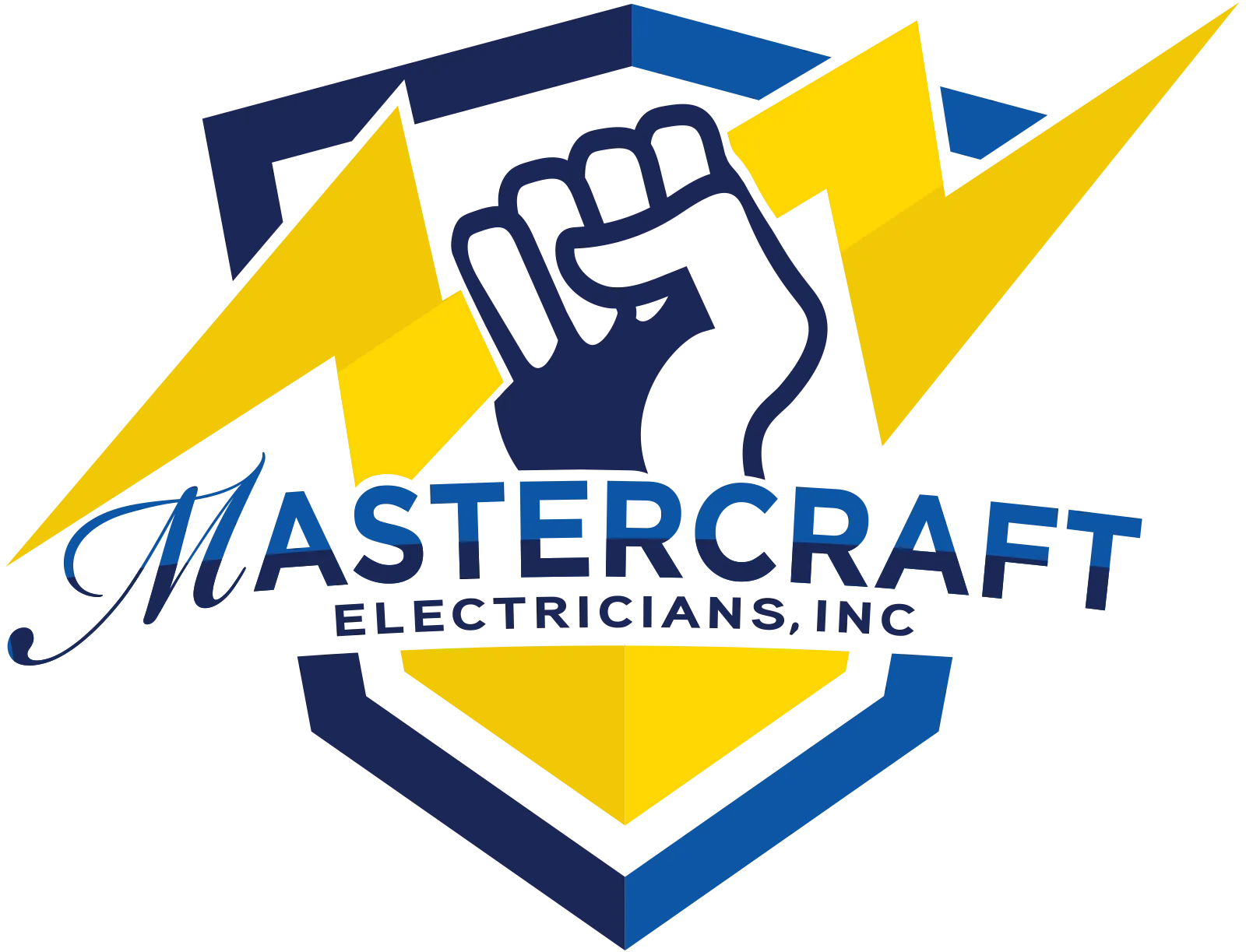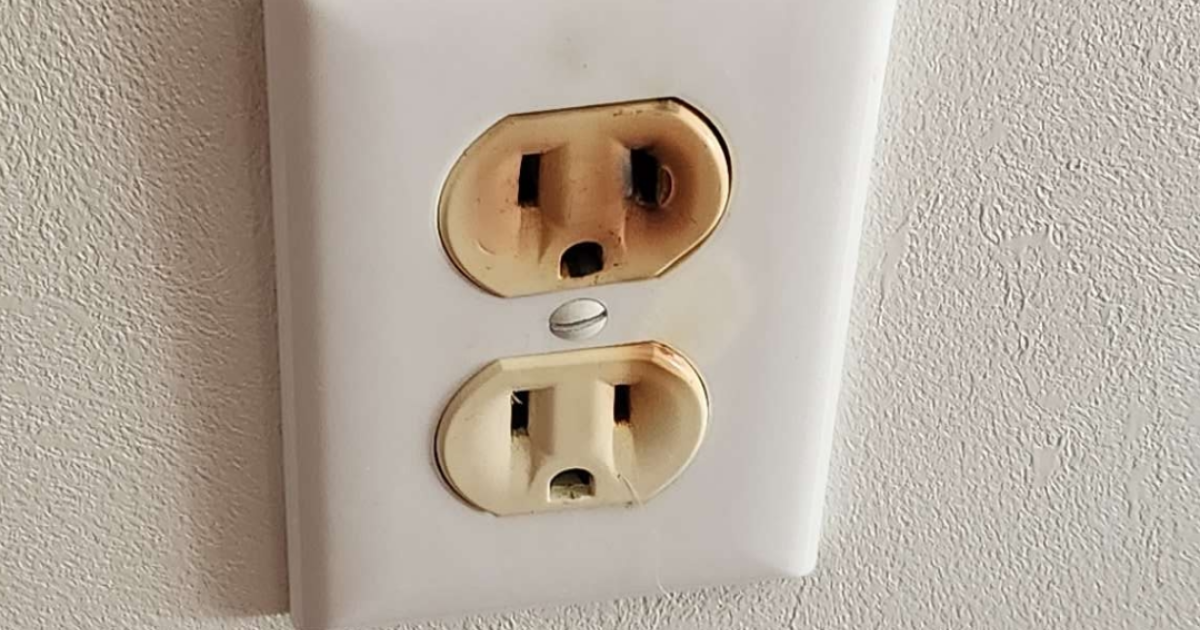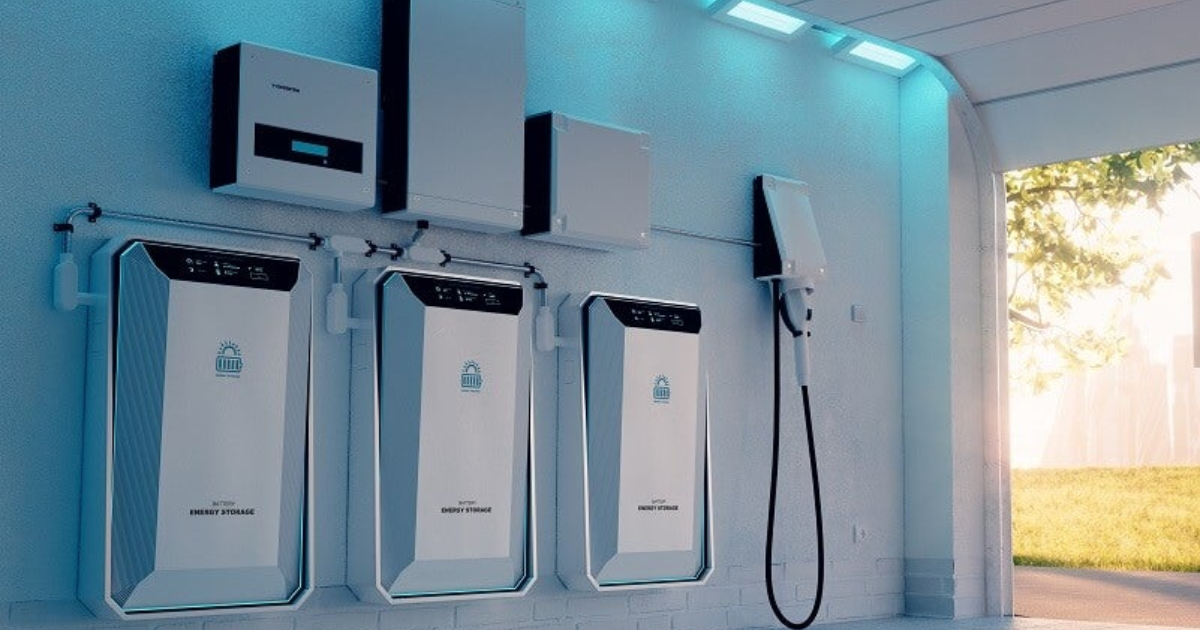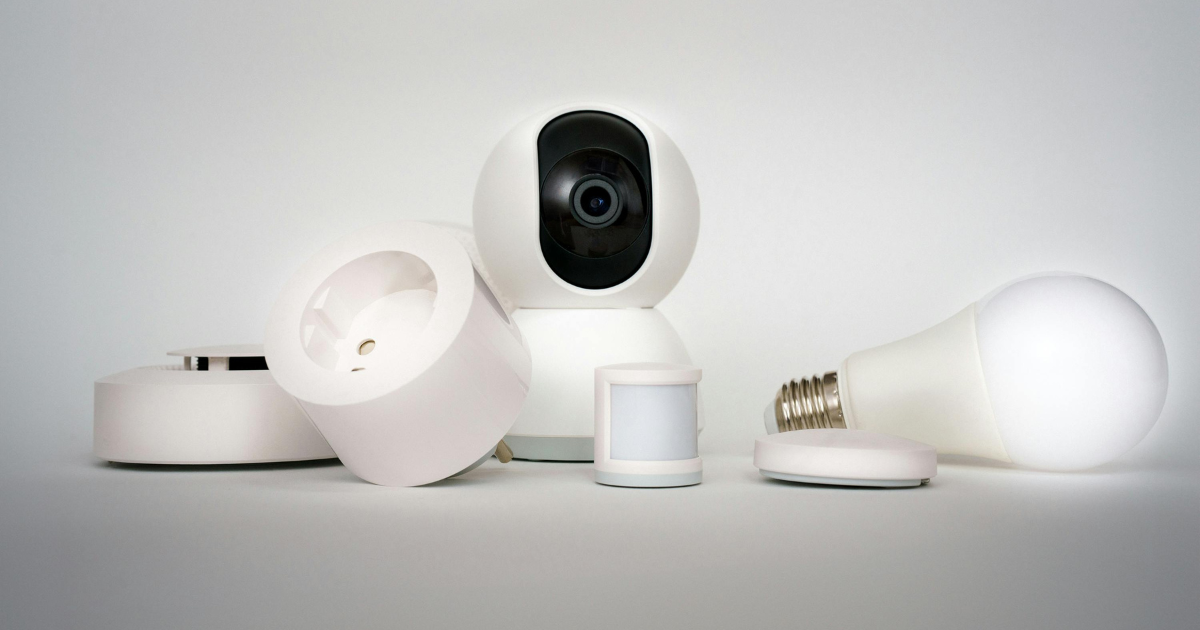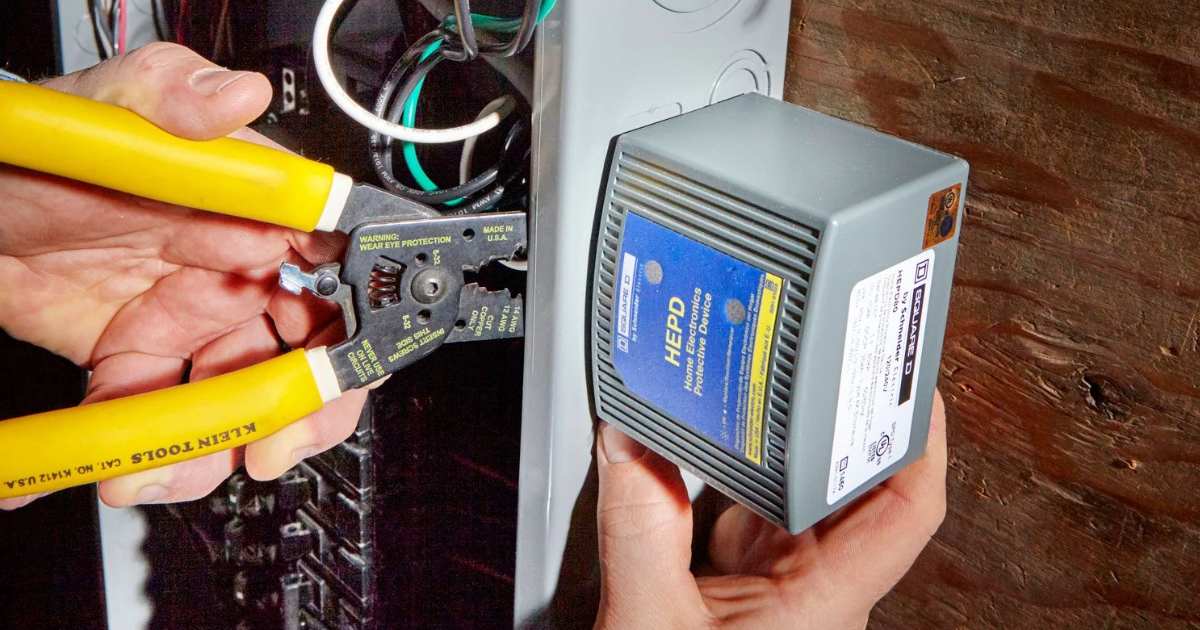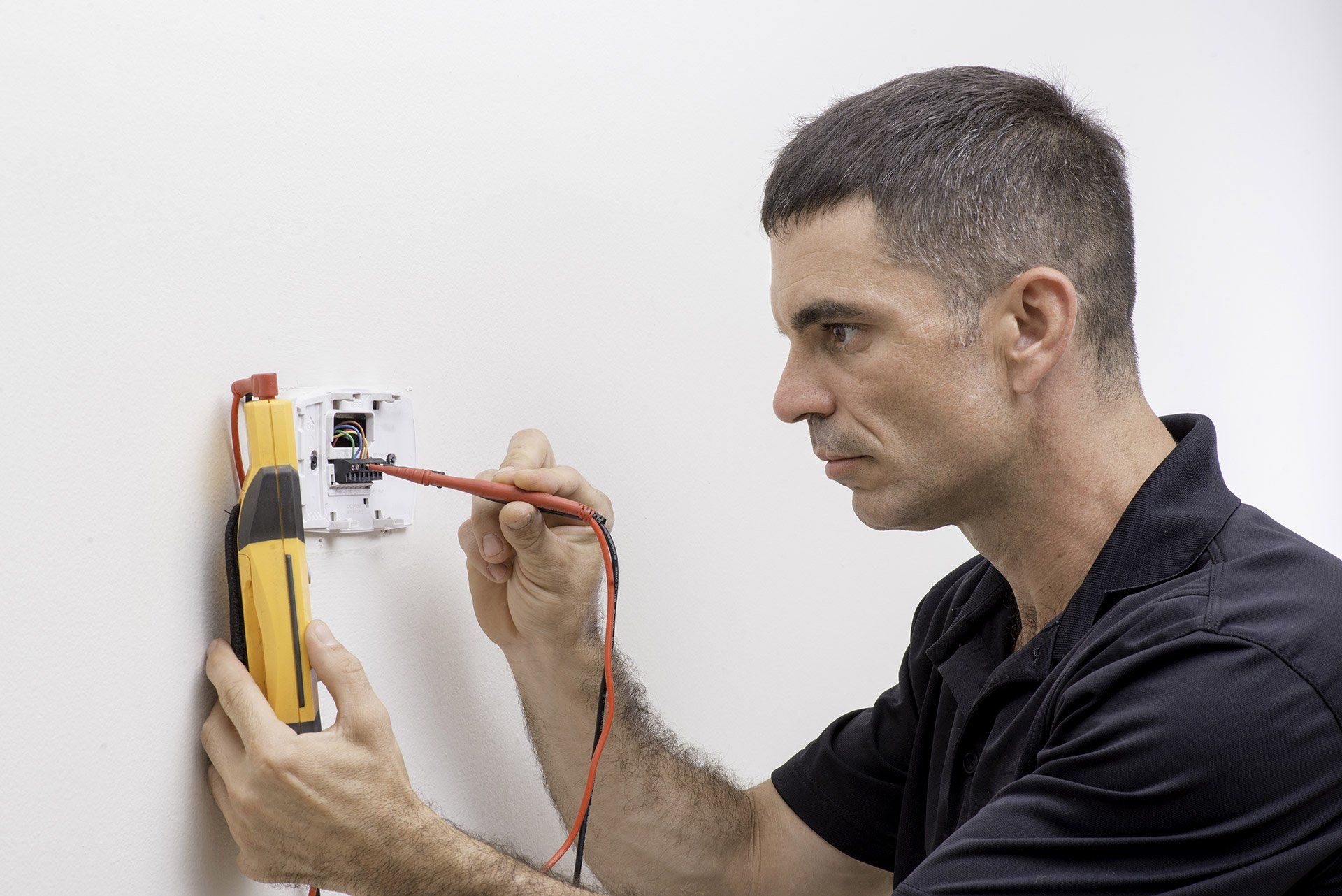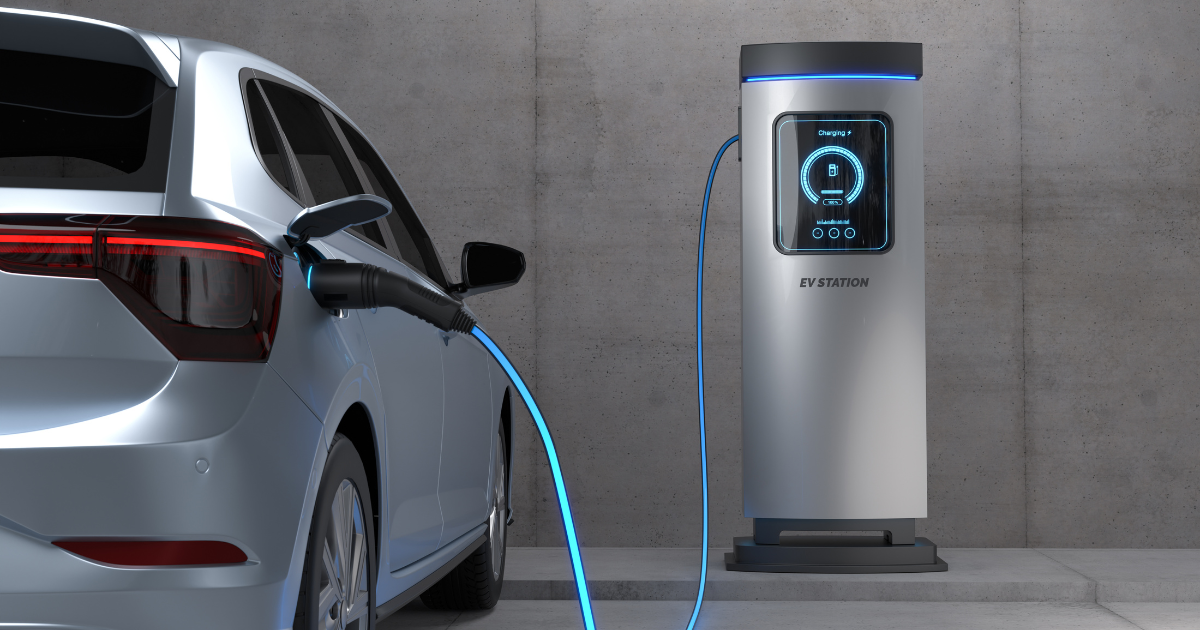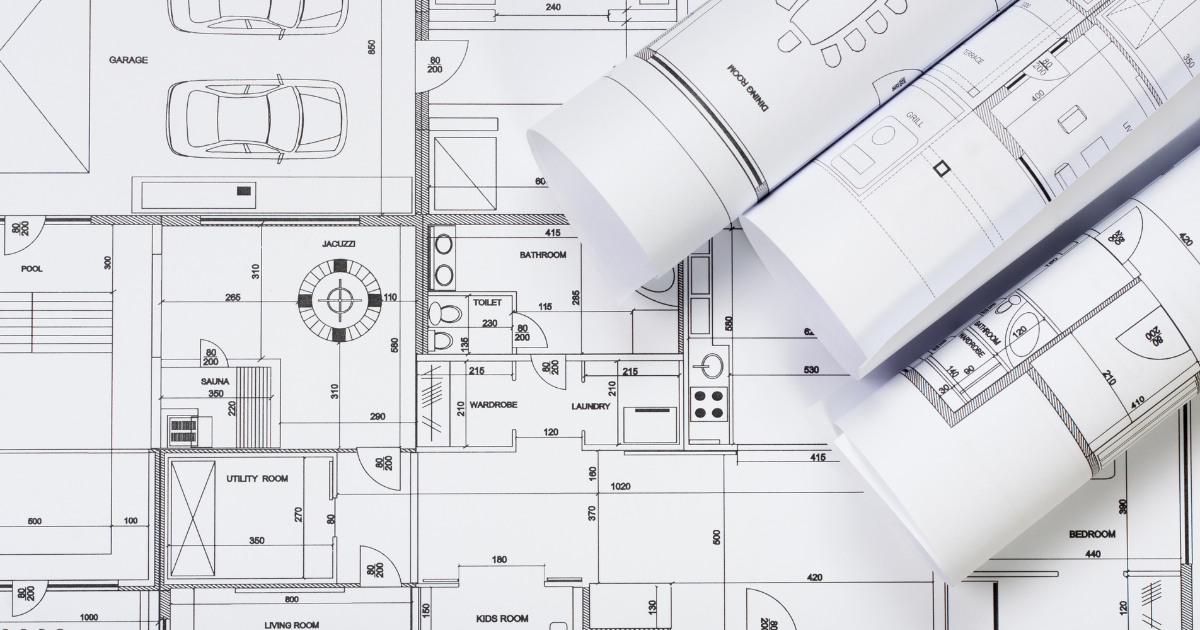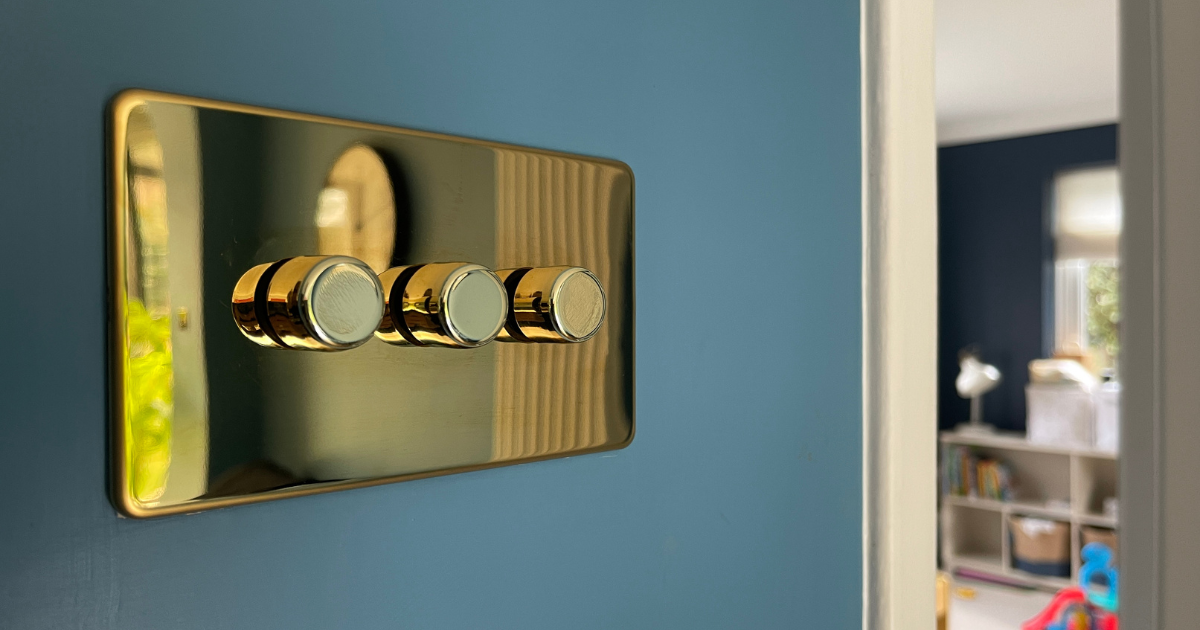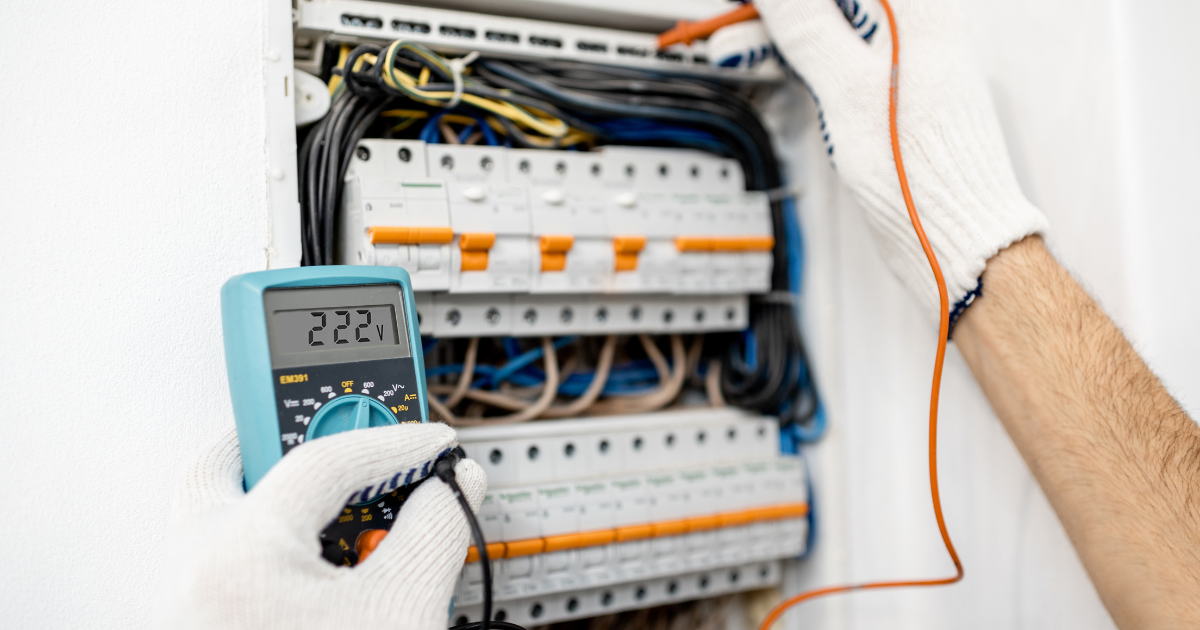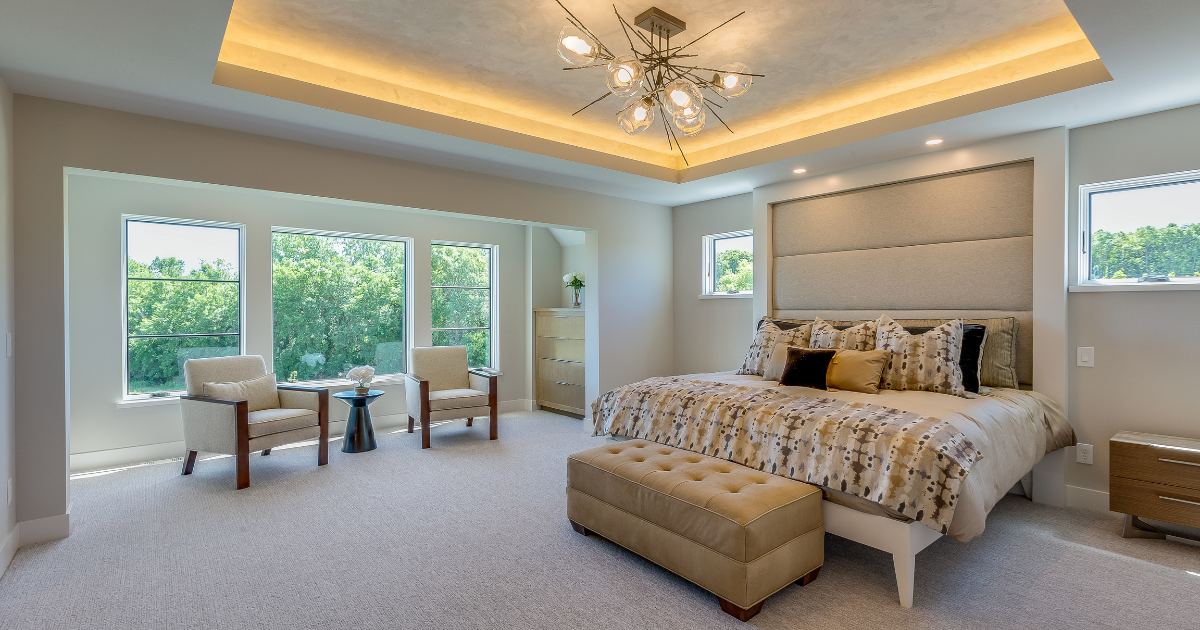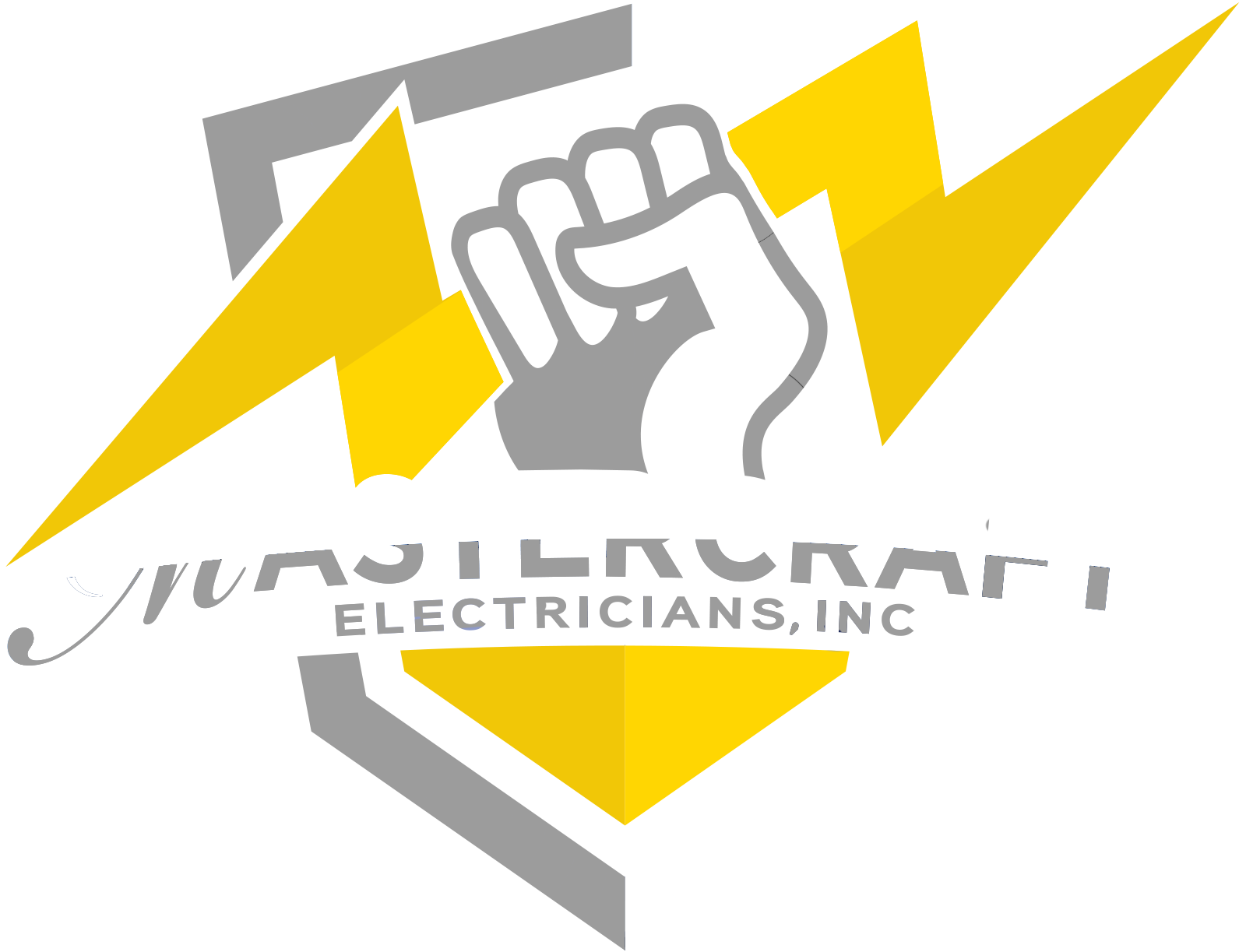Planning Your Electrical System for a Home Remodel
Home remodeling projects offer an excellent opportunity to update and enhance your electrical system. Proper planning is crucial to ensure your new space is safe, functional, and capable of meeting your electrical needs. Here are some essential tips for integrating electrical planning into your home renovation project.
1. Assess Your Current Electrical System
Before beginning any renovation, it is essential to evaluate your existing electrical system. Determine if your current electrical panel and wiring can handle the additional load your remodel will bring. Consider the age of your electrical system and whether it meets current safety standards. An inspection by a licensed electrician can provide valuable insights and identify any necessary upgrades.
2. Define Your Electrical Needs
Create a detailed plan outlining your electrical needs for each area being remodeled. Consider the following:
- Lighting: Identify the types and locations of lighting fixtures you want, including overhead lights, recessed lighting, under-cabinet lighting, and accent lighting.
- Outlets: Determine the number and placement of outlets in each room. Consider specialized outlets, such as USB ports or smart outlets.
- Appliances: List all the appliances you plan to use and ensure your electrical system can support them.
- Technology: Incorporate modern technology needs, such as smart home systems, entertainment centers, and network wiring.
3. Plan for Future Needs
When planning your electrical system, think about future needs and potential expansions. It's easier and more cost-effective to incorporate additional capacity during a remodel than to upgrade later. Consider extra circuits, outlets, and future-proof wiring to accommodate new technologies and appliances.
4. Adhere to Electrical Codes and Regulations
Ensure your electrical planning and installations comply with local building codes and regulations. These codes are designed to ensure safety and proper functioning. Hiring a licensed electrician familiar with these codes can help you navigate the requirements and obtain the necessary permits.
5. Optimize Lighting Design
Good lighting design enhances the functionality and aesthetics of your remodeled space. Consider the following tips:
- Layered Lighting: Combine ambient, task, and accent lighting to create a balanced and versatile lighting scheme.
- Energy Efficiency: Choose energy-efficient lighting options like LED bulbs and fixtures to reduce energy consumption and lower utility bills.
- Smart Lighting: Incorporate smart lighting systems that allow you to control lighting levels and schedules remotely.
6. Integrate Smart Home Technology
Integrating smart home technology can enhance convenience, security, and energy efficiency. Plan to install smart thermostats, security systems, lighting controls, and home automation hubs. Ensure your electrical system can support these devices' connectivity and power needs.
7. Consider Electrical Safety
Safety should always be a top priority in any remodel. Include safety features such as:
- Ground Fault Circuit Interrupters (GFCIs): Install GFCIs in areas with water exposure, such as kitchens, bathrooms, and outdoor outlets.
- Arc Fault Circuit Interrupters (AFCIs): AFCIs protect against electrical fires caused by arcing faults and should be installed in bedrooms and living areas.
- Surge Protection: Install a whole-house surge protector to protect your entire electrical system from power surges.
8. Coordinate with Other Contractors
Effective communication and coordination with other contractors, such as plumbers, HVAC technicians, and carpenters, are essential. Ensure that your electrical plans align with their work to avoid conflicts and ensure a smooth renovation process.
9. Budget for Electrical Upgrades
Allocate a portion of your renovation budget specifically for electrical upgrades. While it may be tempting to cut costs, investing in a safe, reliable, and efficient electrical system is crucial for the long-term success of your remodel.
10. Hire a Licensed Electrician
A licensed electrician brings expertise, experience, and knowledge of electrical codes to your project. They can help plan, obtain permits, and ensure all work is completed safely and correctly. Their professional guidance can prevent costly mistakes and ensure your remodel meets all safety standards.
Conclusion
Planning your electrical system is a vital part of any home remodel. By assessing your current system, defining your needs, and incorporating future-proof and safety features, you can create an electrical system that enhances the functionality and value of your home. Partner with a licensed electrician to ensure your electrical planning is executed flawlessly, providing peace of mind and a beautifully renovated space.
For expert electrical planning and installation services,
contact Mastercraft Electricians today. We're here to help you power your home remodel precisely and carefully.
